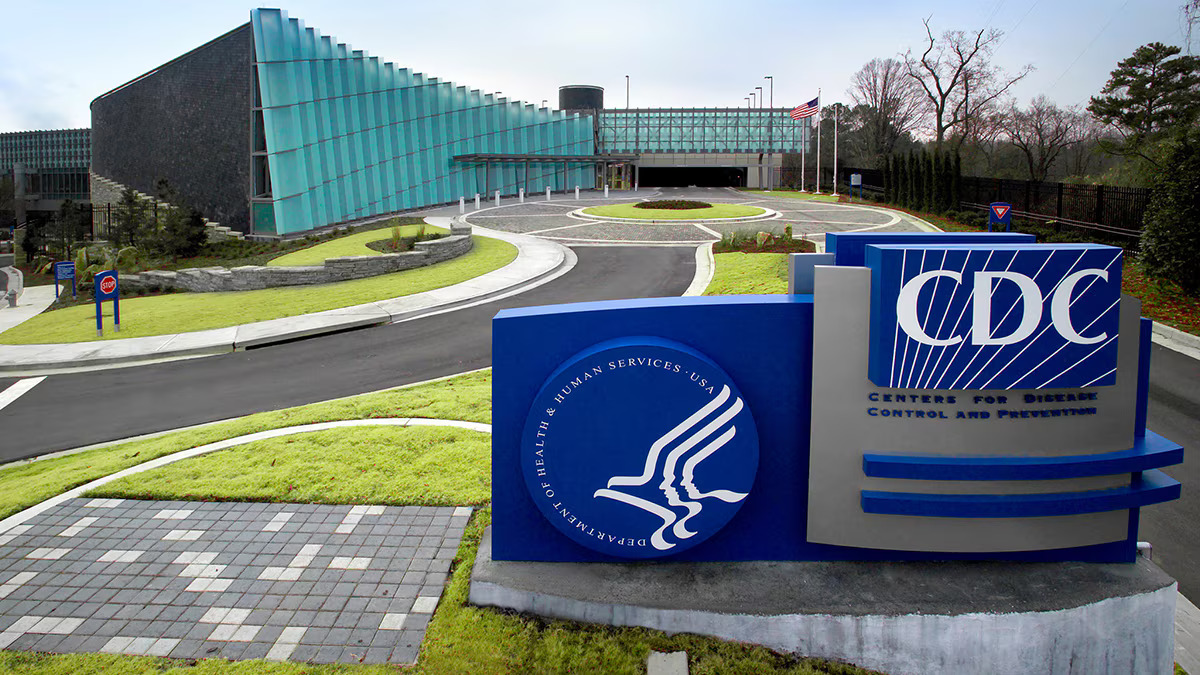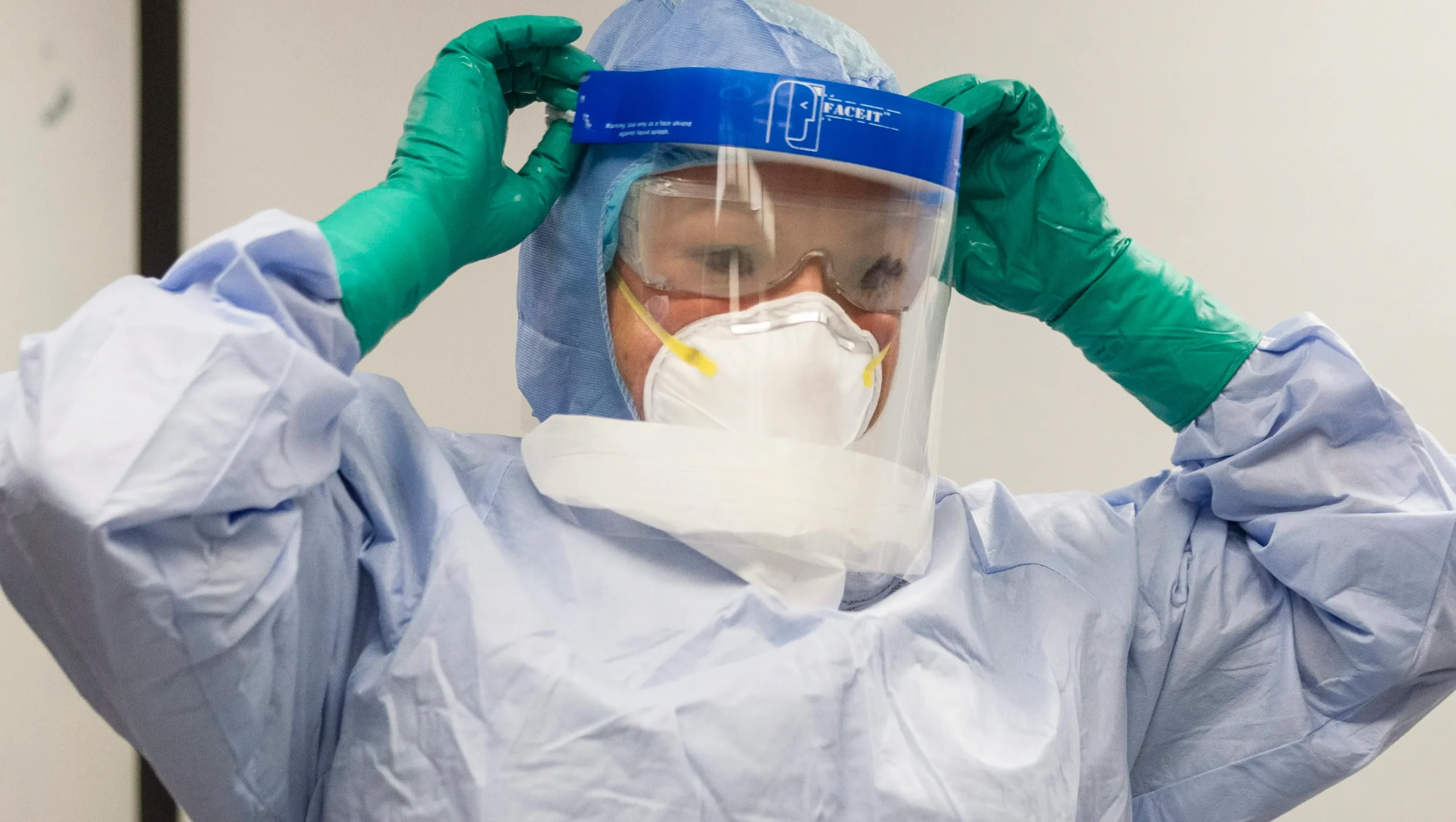The Centers for Disease Control and Prevention (CDC) offers detailed guidelines for individuals whose work requires contact with animals that may be infected or potentially infected. These recommendations emphasize the importance of personal protective equipment (PPE) to minimize the risk of zoonotic disease transmission, which refers to diseases that spread between animals and humans. By following the CDC’s guidelines, workers can protect themselves from contracting diseases and help prevent outbreaks from spreading to other humans.
The CDC’s recommendations include wearing appropriate PPE such as gloves, masks, face shields, and gowns when handling animals or animal products. The type of PPE required may vary depending on the nature of the work and the level of exposure risk. For instance, handling animals known to be infected or potentially infected with serious zoonotic diseases requires more stringent protective measures. Additionally, proper hand hygiene before and after handling animals is crucial to avoid contamination and further disease spread.

Training and education on proper PPE use are also emphasized in the CDC guidelines. Workers should be trained on how to correctly put on, remove, and dispose of PPE to avoid contamination. Improper use or removal of PPE can expose workers to harmful pathogens. In addition to training, the CDC recommends routine medical monitoring for individuals who regularly handle potentially infected animals, as this can help in the early detection and treatment of zoonotic diseases.
The CDC’s recommendations apply to various workers in occupations such as veterinary services, laboratory research, farming, and wildlife management. These workers may encounter animals that carry diseases like rabies, avian flu, or other infectious agents. By following CDC protocols, these workers help ensure their safety as well as the safety of the public, preventing zoonotic diseases from being transmitted to humans in larger populations.
The CDC’s guidelines stress the importance of proper PPE, hygiene, and training for individuals in contact with potentially infected animals. By adhering to these recommendations, workers in high-risk occupations can significantly reduce their chances of infection and contribute to broader public health safety by controlling the spread of zoonotic diseases.
